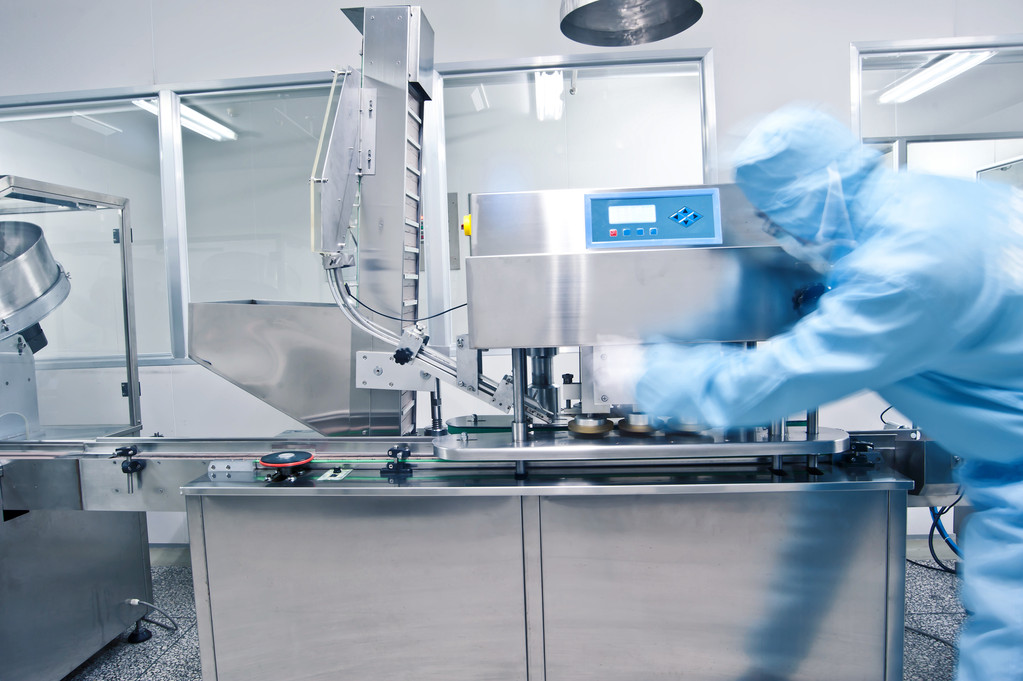Phospholipids applied in cosmetics
Time:2024-03-27
Phospholipids are essential components of cell membranes and are also key constituents of the body's natural moisturizing film. In cosmetics, phospholipids act as emulsifiers, helping the skin absorb moisture and lock it in, thus playing a role in moisturizing the skin. This moisturizing effect helps improve the skin's hydration and texture, making it softer and smoother.
The linoleic acid in phospholipids has excellent antioxidant properties, which can combat damage from UV rays and free radicals, protecting the skin from environmental damage. Additionally, it promotes cell regeneration and renewal, delaying skin aging and making the skin firmer and more elastic.
Moreover, phospholipids have good lubricating and penetrating properties, able to penetrate deep into the skin to provide ample moisture. This moisturizing effect can alleviate dryness and roughness on the skin's surface, leaving the skin smoother and more delicate.
Phospholipids can also serve as emulsifiers in lotions, forming a stable interface between the water and oil phases, ensuring the lotion's stability and fluidity. This stability helps maintain the quality and effectiveness of cosmetics, enhancing the user experience.
Furthermore, phospholipids have various functions such as antibacterial, skin-darkening, and repairing effects, effectively improving various skin issues. They can help calm inflamed and red skin, soothe and repair damaged skin, prevent moisture loss, and deeply moisturize.
Phospholipids in cosmetics offer multiple skincare benefits, improving skin hydration, texture, elasticity, and smoothness, while combating aging, dryness, and roughness. However, as individual skin conditions and reactions vary, it is important to ensure no allergic reactions occur before use and to follow product instructions and skincare expert advice.


 CN
CN





